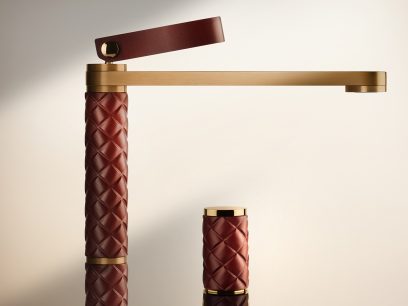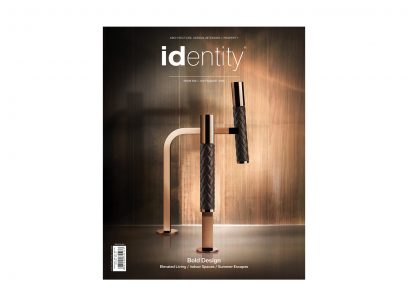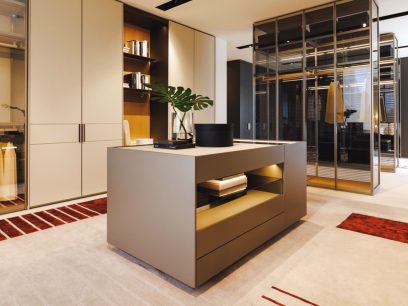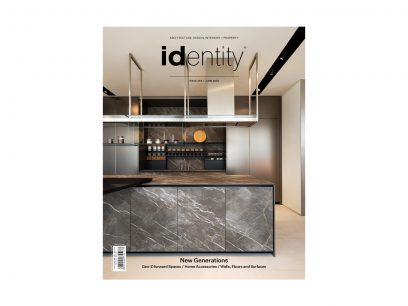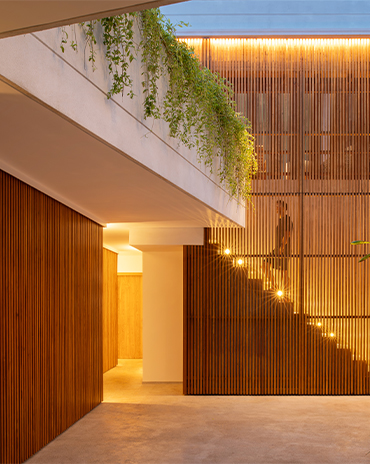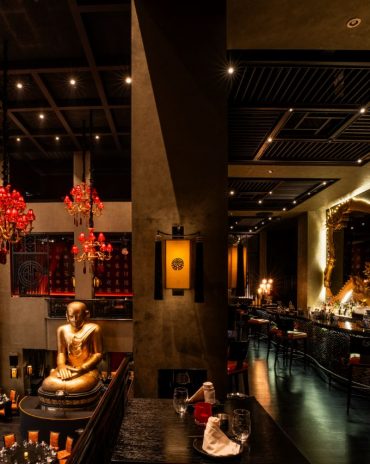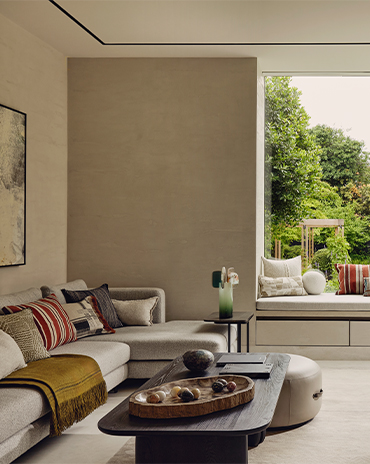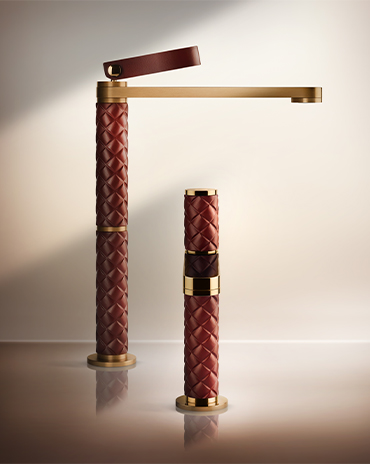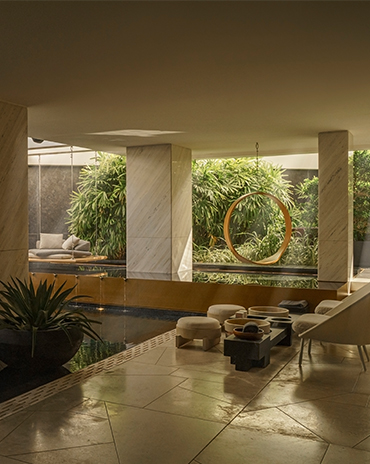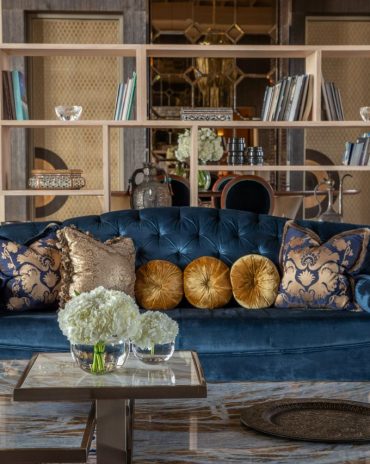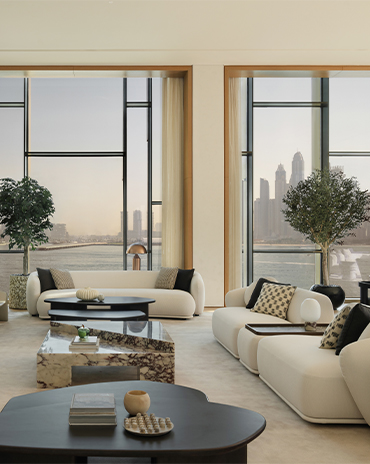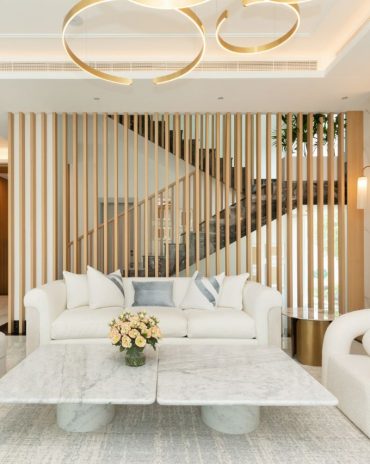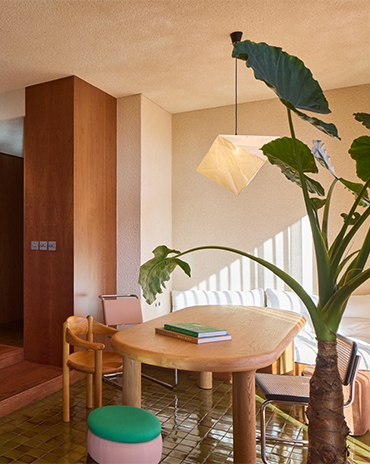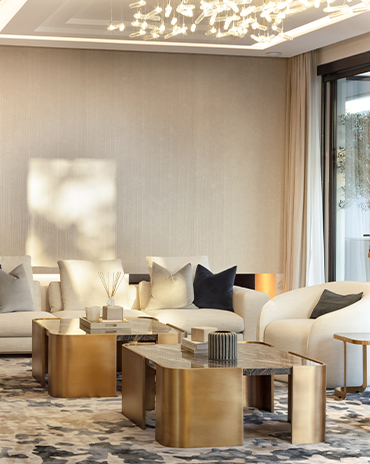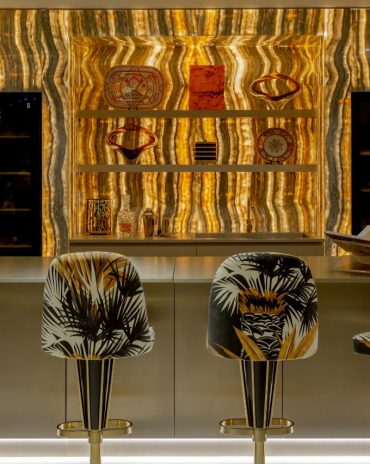Copyright © 2025 Motivate Media Group. All rights reserved.
What impact has Islamic art had on Maison Cartier? A new exhibition explores this question
500 exceptional pieces will be showcased with scenography by Diller Scofidio + Renfro,
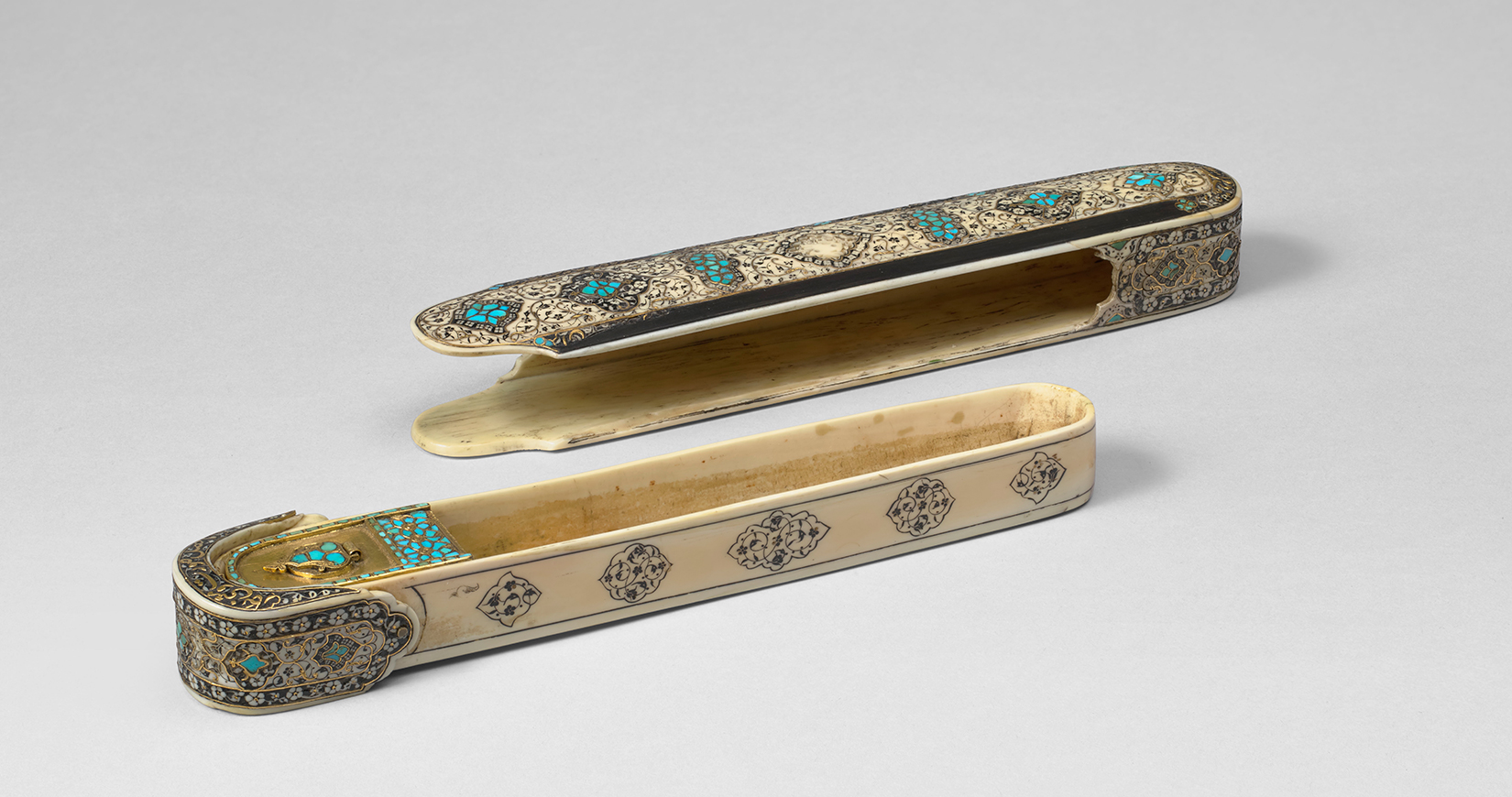
With precious creations that look like art, Cartier has an established reputation all over the world. Since Louis-François Cartier founded the company in 1847, the brand has expanded globally and now specialises in jewellery. At the beginning of the 20th century, after five decades of operations, the new generation leading the business started to look for fresh sources of inspiration. Paris was the epicentre of the Islamic art trade, something that played a major role in Louis Cartier’s (Louis-François Cartier’s grandson) discovery of new shapes.

Presented from 21 October 2021 to 20 February 2022 at the Musée des Arts Décoratifs in Paris, the exhibition ‘Cartier and Islamic Art: In Search of Modernity’ (co-organised with the Dallas Museum of Art, with the exceptional collaboration of the Musée du Louvre and with the support of Cartier) explores the influence of Oriental motifs through more than 500 exceptional pieces. Among them are Cartier jewels and objects, as well as drawings, books, photographs, archival documents and Islamic masterpieces.

With scenography by renowned architectural firm Diller Scofidio + Renfro, the themed and chronological show is divided into two parts.

The first, which focuses on the origins of interest in Islamic art and architecture in the Parisian cultural context at the beginning of the 20th century, invites visitors to discover some of Cartier’s iconic creations while also delving into the maison’s fascinating creative process. Drawings by Cartier designer Charles Jacqueau, as well as information on Jacques Cartier’s travels in India – where he met maharajahs – reflect how Oriental jewellery became the starting point for the French jeweller to reinvent certain shapes and techniques. This artistic (r)evolution led Cartier to the creation of head ornaments, tassels and bazubands (elongated bracelets that are worn on the upper arm), among other pieces.

The second part of the exhibition focuses on the new forms that Cartier developed, having been inspired by Islamic art and architecture, which became the basis of what was later described as art deco motifs. Fascinated by the Persian world, Louis Cartier started to combine bold colours such as lapis lazuli and turquoise, and emerald and sapphire, as exemplified by the famous peacock pattern. And it doesn’t stop there: In the 1930s Jeanne Toussaint, who oversaw Cartier’s artistic direction, also gave free reign to her creativity, and looked towards India to mix new colours and invent other shapes, including the Tutti Frutti pieces and sautoirs.

While the image of Cartier is inevitably associated with France, this exhibition delves into another aspect of the company that contributed to the development of an innovative visual vocabulary that is still alive today. The contemporary jewels showcased in this exhibit clearly prove it. “Cartier’s jewels and bejewelled objects have an unmistakable style and sense of taste that was cultivated, in part, through this aesthetic appreciation and study of Islamic art,” says Dr. Heather Ecker, curator of Islamic and Medieval Art at the Dallas Museum of Art.

After this first stop in Paris, the exhibition will travel to the Dallas Museum of Art in the United States from 14 May to 18 September 2022.
The Latest
Inside The Charleston
A tribute to Galle Fort’s complex heritage, The Charleston blends Art Deco elegance with Sri Lankan artistry and Bawa-infused modernism
Design Take: Buddha Bar
We unveil the story behind the iconic design of the much-loved Buddha Bar in Grosvenor House.
A Layered Narrative
An Edwardian home in London becomes a serene gallery of culture, craft and contemporary design
A Brand Symphony
Kader Mithani, CEO of Casamia, and Gian Luca Gessi, CEO of Gessi, reflect on the partnership between the two brands
The Art of Wellness
Kintsugi in Abu Dhabi, situated in a seven-storey villa, offers the ultimate zen retreat
Design Take: Inside the Royal Suite at Jumeirah Al Naseem
With sweeping views of the ocean and Burj Al Arab, this two bedroom royal suite offers a lush stay.
Elevated Living
Designed by La Bottega Interiors, this penthouse at the Delano Dubai echoes soft minimalism
Quiet Luxury
Studio SuCo transforms a villa in Dubailand into a refined home
Contrasting Textures
Located in Al Barari and designed by BONE Studio, this home provides both openness and intimacy through the unique use of materials
Stillness, Form and Function
Yasmin Farahmandy of Y Design Interior has designed a home for a creative from the film industry
From Private to Public
How ELE Interior is reshaping hospitality and commercial spaces around the world – while staying unmistakably itself
A collaborative design journey
A Life By Design (ALBD) Group and Condor Developers have collaborated on some standout spaces in Dubai

